(NLDO)- According to the Traffic Police Department, when the 4-hour continuous driving time is over, if there is a traffic jam, the driver can continue the journey to escape that area.
On January 11, a representative of the Traffic Police Department (Traffic Police, Ministry of Public Security ) informed that the regulations on driving time in the Law on Road Traffic Safety and Order have officially taken effect from January 1, 2025.

Authorities inspect a passenger bus. Photo: NLDO
According to the Law on Road Traffic Safety and Order, drivers of commercial and internal transport vehicles are not allowed to drive continuously for more than 4 hours, and the maximum working time per day is 10 hours. In addition, this group of drivers is also not allowed to drive for more than 48 hours per week.
According to the Traffic Police Department, the above regulation is inherited from the previous Road Traffic Law and ensures relevant provisions of the Labor Code. According to the provisions of the 2019 Labor Code, the normal working hours of employees in Vietnam do not exceed 8 hours per day and 48 hours per week. Along with that, the regulation of driving no more than 48 hours per week is also consistent with the Vienna Convention on Road Traffic.
A representative of the Traffic Police Department said that after 4 hours of continuous driving, drivers can rest. After about 15 minutes, they are allowed to continue their journey.
"The ultimate goal is to help drivers stay alert and avoid fatigue, which can easily lead to unsafe driving. Driving in a neutral state for more than 4 hours continuously will lead to fatigue. Resting helps the nervous system to stop being stressed and restores energy," said a representative of the Traffic Police Department.
The Traffic Police Department further explained that the regulations on driving and resting time for drivers are also a measure to ensure the health and safety of drivers, contributing to reducing the risk of accidents when participating in traffic. Effective implementation of these regulations also requires a harmonious combination of personal awareness and responsibility of transport organizations.
The Traffic Police Department also recommends that drivers should keep a relaxed state of mind when driving. When feeling tired or sleepy, they should rest immediately, even if they have not driven continuously for less than 4 hours. They should absolutely not "try to drive more". In addition, regulating rest periods also helps prevent the risk of drivers using stimulants while trying to stay awake.
"This will risk causing many dangerous consequences. No stimulant can replace rest, the body must be restored" - a representative of the Traffic Police Department affirmed.
In case of unavoidable situations, according to the Traffic Police Department, such as drivers encountering traffic jams in the city or an unsafe rest stop, they can continue their journey to escape that area.
"When considering situations, traffic police will consider other related factors, not just focusing on penalties. However, after leaving the area of force majeure, drivers need to immediately rest and avoid abusing the opportunity to drive," said a representative of the Traffic Police Department.
The representative of the Traffic Police Department added that with the above regulation, the authorities will focus on controlling long-distance drivers, so that they can be proactive, anticipate and calculate reasonable rest time, according to regulations.
In Decree 168/2024, the authorities stipulate that drivers of commercial and internal transport vehicles who drive beyond the prescribed time or do not comply with the regulations on rest periods between two consecutive drives will be fined 3-5 million VND. The additional penalty is the deduction of 2 points from the driver's license. In addition, car owners who allow their drivers to drive continuously beyond the prescribed time will also be fined 4-6 million VND (individuals) and 8-12 million VND (organizations).
Source: https://nld.com.vn/cuc-csgt-noi-gi-ve-viec-sau-khi-lai-xe-4-tieng-lien-tuc-lai-gap-canh-ket-xe-196250111123716609.htm
















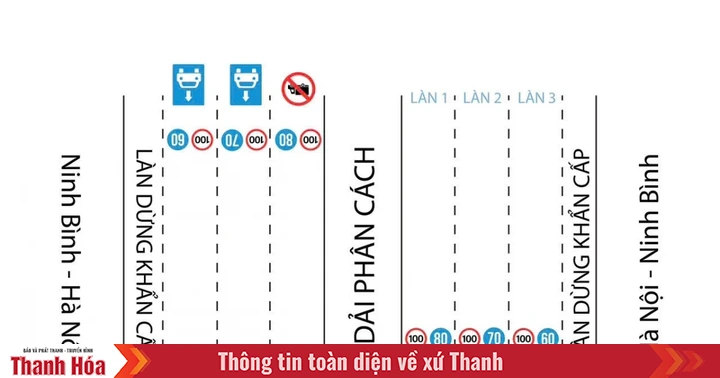

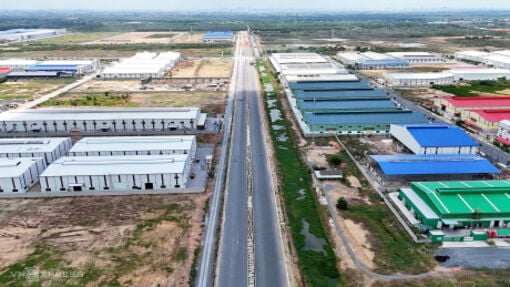

















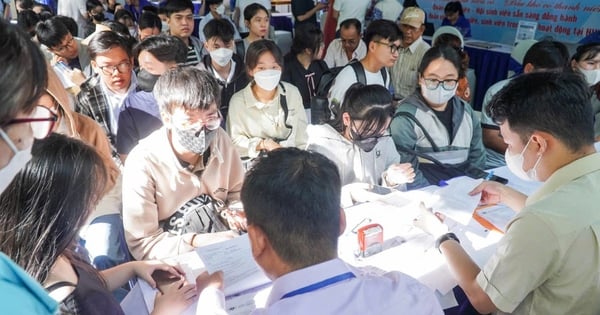






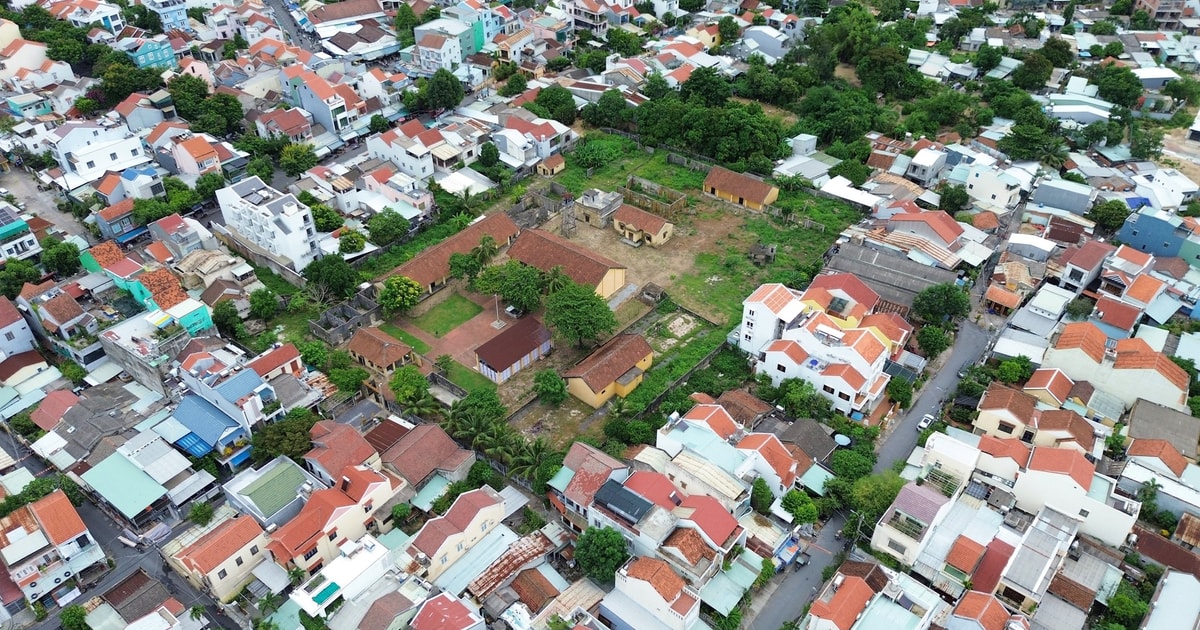



































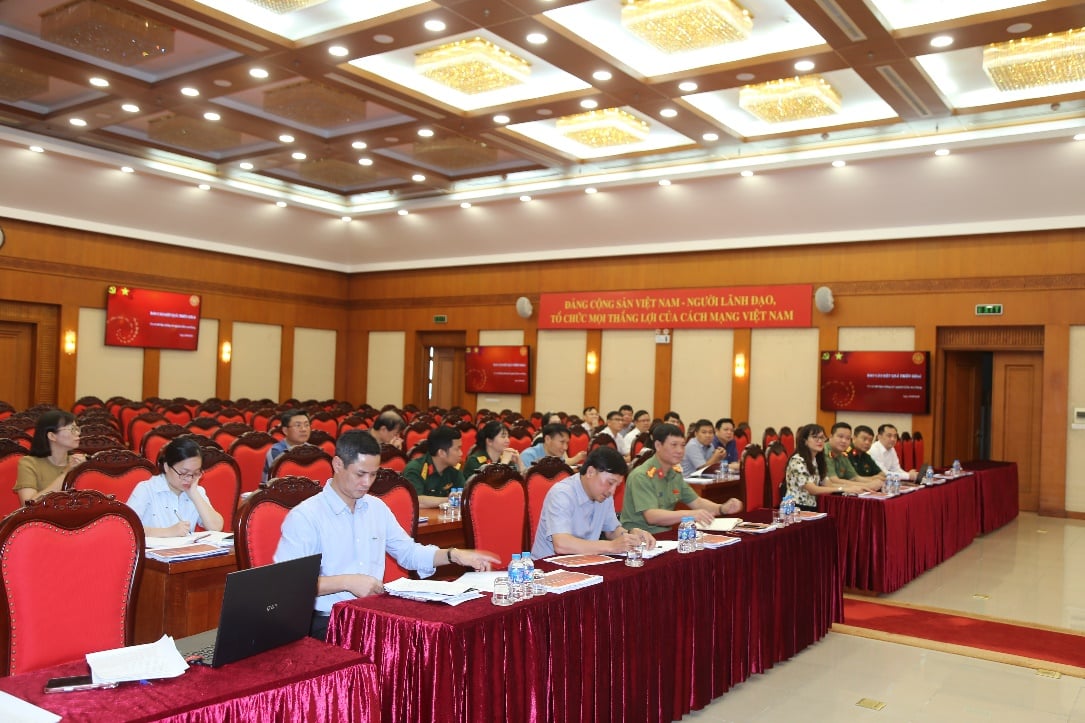








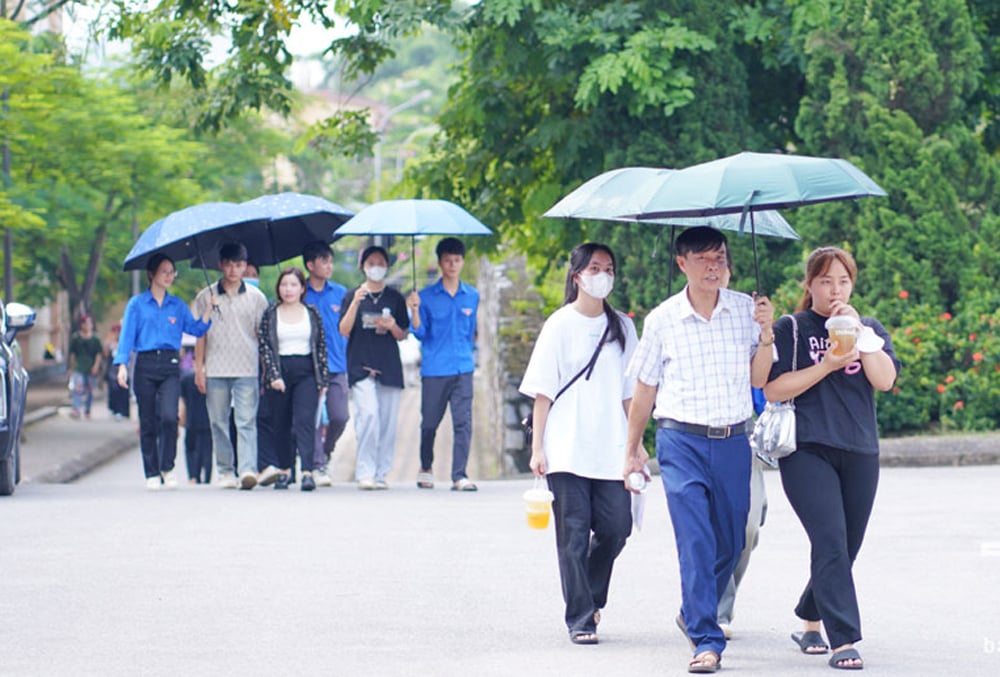

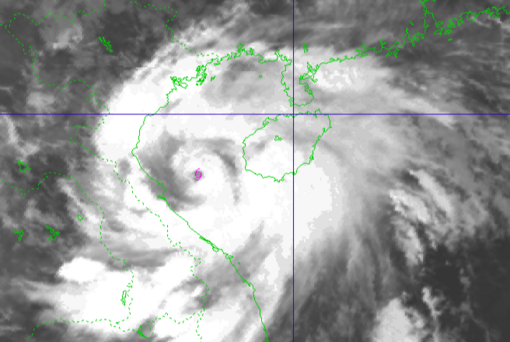

















Comment (0)